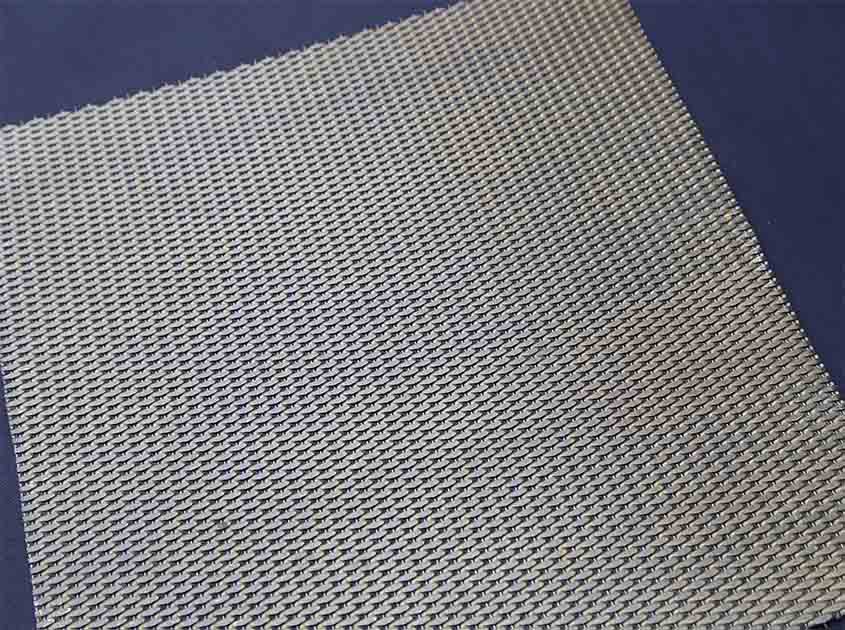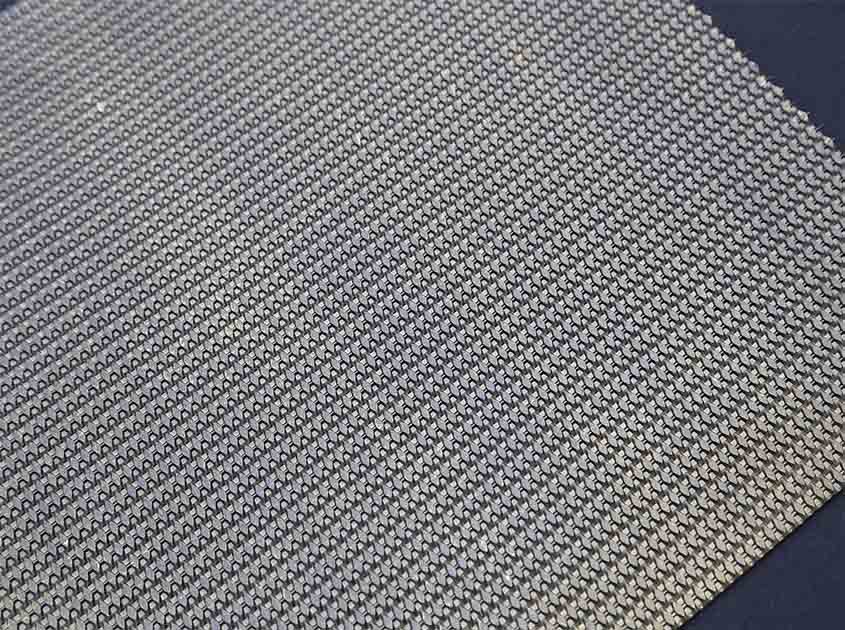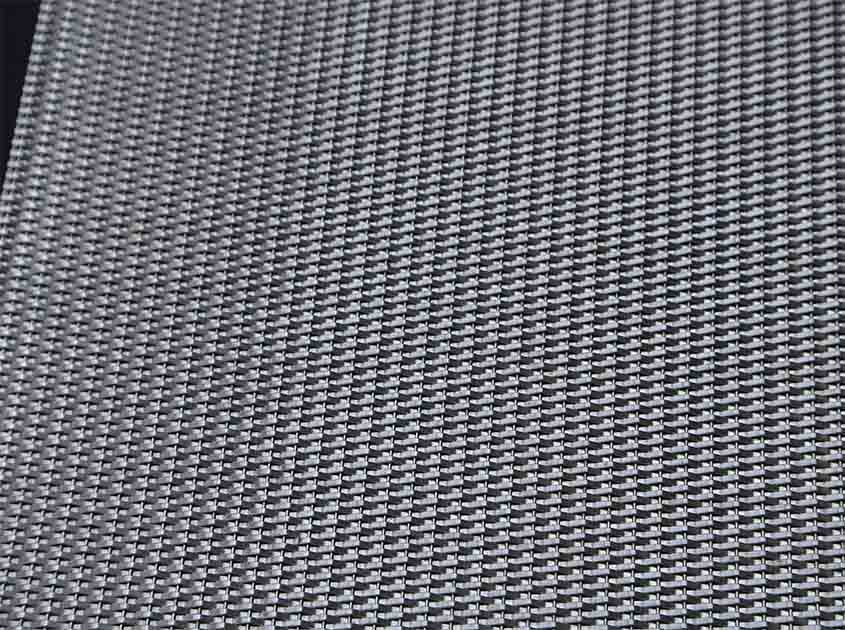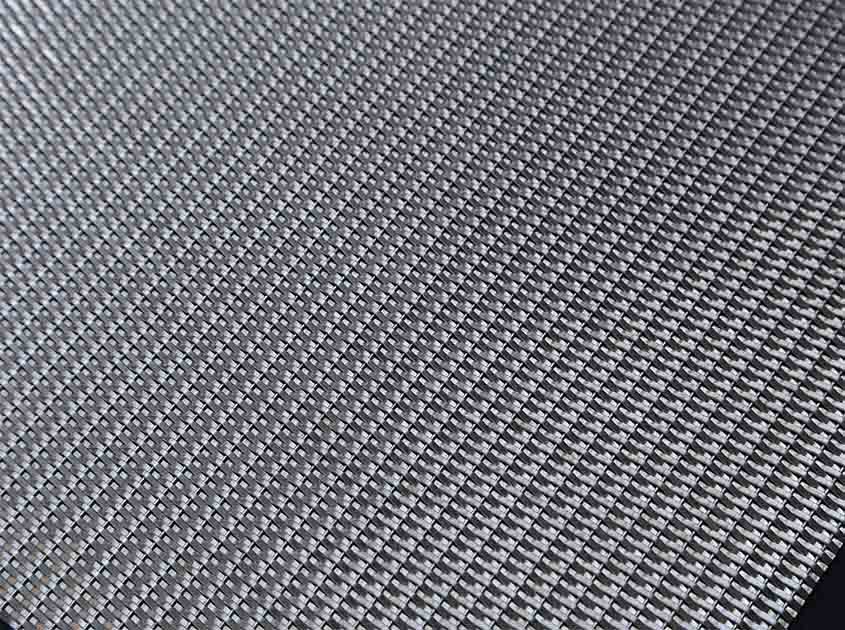Introduction:
Architectural woven mesh gained popularity in modern architectural design, offering a sense of spaciousness, flexibility, and collaboration. However, privacy can sometimes be compromised in these open environments. To address this challenge, architects and designers are turning to architectural woven mesh as a solution to enhance privacy without sacrificing the benefits of an open-concept layout. In this article, we will explore how architectural woven mesh can effectively enhance privacy in open-concept spaces while maintaining a sense of openness and connection.

Privacy Zones of architectural woven mesh:
Architectural woven mesh can be strategically used to create designated privacy zones within open-concept spaces. By incorporating mesh panels as partitions or screens, architects can visually separate areas without completely closing off the space. The transparent nature of the mesh allows for controlled views and natural light penetration, while still providing a sense of privacy and personal space.

Variable Opacity of architectural woven mesh:
One of the advantages of architectural woven mesh is its ability to offer varying levels of opacity. Depending on the desired privacy requirements, architects can choose mesh with different weave densities. Finer weaves provide a higher level of privacy, while coarser weaves offer a more open feel. This flexibility allows designers to customize the privacy levels based on the specific needs of the space and its occupants.

Visual Transparency of architectural woven mesh:
While privacy is important, maintaining a sense of openness and visual connectivity is equally crucial in open-concept spaces. Architectural woven mesh strikes a balance by providing a level of transparency. The mesh allows occupants to maintain a visual connection with their surroundings, promoting a sense of inclusivity and collaboration. It creates a visual barrier without creating a physical barrier, ensuring that the open-concept atmosphere remains intact.

Noise Reduction of architectural woven mesh:
Privacy in open-concept spaces not only involves visual separation but also includes minimizing auditory distractions. Architectural woven mesh can help reduce noise transmission and provide acoustic privacy. The mesh panels can be combined with sound-absorbing materials or integrated into acoustic panels, effectively reducing sound propagation and creating quieter and more focused work environments.

Dynamic Space Dividers of architectural woven mesh:
Architectural woven mesh offers the advantage of being flexible and dynamic. Unlike traditional solid partitions, mesh panels can be easily reconfigured to adapt to changing privacy needs. This flexibility allows occupants to adjust the space as required, whether it's creating private work areas, collaborative zones, or open meeting spaces. The ability to easily modify the arrangement of mesh piders provides a versatile solution that can cater to evolving privacy requirements.
pre:Architectural Woven Mesh: Embracing Cultural Diversity in Design
next:Architectural Woven Mesh: Creating Functional and Aesthetic Staircase Railings
© 2025 Joinwin Architectural Wire. All Rights Reserved. | Sitemap
Recommended Read
Unique architectural metal decorative mesh adds charm to your project
Metal woven mesh is widely popular due to its unique design, high strength, durability and functionality.